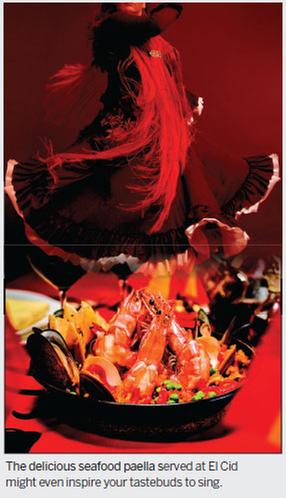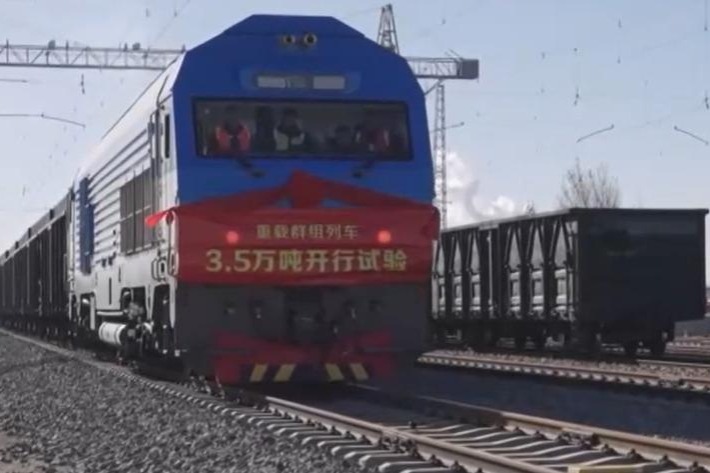Iberian food fiesta with a dash of flamenco

The modern Iberian Peninsula in the southwest corner of Europe comprises mainly Spain and Portugal. There's also tiny Andorra, Gibraltar and a little bit of France. Here in Hong Kong we are familiar with some of the region's specialty cuisines, especially the food from Spain. And nearby Macao has enjoyed a long-standing love affair with Portuguese foods.
Spain's capital Madrid is perhaps best known to tourists. While Madrid is very colorful and exciting, I would say my first encounter with the "real" Spanish food was in Seville, as I drove up from Morocco after an African trek some years ago. Seville is the largest city in the province of the same name and is situated on the plain of the river Guadalquivir. Being just 95 kilometers away from the Pacific Ocean, it is the only river port in Spain. Fish from both river and sea figure on the menu, on a daily basis. I remember tasting swordfish and squid among others. There's no shortage of meats, vegetables, and delicacies such as snails either.
There's also that wonderful summertime asset - gazpacho, or the cold soup, made from raw vegetables, bread, vinegar, water, salt and olive oil that is classified as "salad" in Spain! The word gazpacho comes from the Arabic word for "soaked bread". And it shows that although the Romans had a certain culinary influence, it was the Arabs who brought many different foods to Spain.
Apart from the ever-popular paella, one of the most well-known Spanish foods is surely tapas - the tiny tasty snacks meant to either stimulate or suppress the appetite. There are as many stories to the origin of tapas as there are varieties of this delectable snack. It has been said that in the 13th century King Alfonso X of Castile decided to eat and drink only in small amounts after he had felt healthier by eating in moderation during an illness. So everyone else in his kingdom began following his lead. Today tapas are easy to locate on Michelin-starred menus as well as in popular bars, although these are hardly ever served at home!
Also a popular choice is the very fine ham jamn ibrico, at least 50 percent of which is the flesh of black Iberian pigs. You could get this in Spain, and Portugal.
The experience of dining Sevillana style in one of Hong Kong's fine restaurants is sometimes enhanced by a performance of flamenco music and dance. For a number of years the audiences here have been captivated by the likes of the legendary Spanish dancer and flamenco artist Carla Ramona, who was most recently seen at the Y Theatre in Chai Wan.
Flamenco is a genre that comes with many variations. The Roma gypsies are exponents of several of its forms. Flamenco is an emotive expression of music, song and dance that infuses Spanish folklore with sounds from the Levant, North Africa and India. The guitar player guides the ensemble without being too precise. Singers and dancers get a lot of room for improvisation. The male dancers use very heavy, stomping steps while the female performers pitch in with gentler, more sinuous movements.
Andalusia in southern Spain is the very heartland of flamenco, although the dance genre has its roots in regions such as Murcia and Extremadura. "Cante" is the vocal expression of flamenco, and it is sung by either men or women, often with no backing singers. Such songs are amazingly effective at stirring up an audience who would sometimes join in with the occasional heartfelt "Ole!" of appreciation.
As it is with Spanish cuisines, flamenco too has variations based on traditional styles, depending on their exposure to regional influences.
On reflection, what better way is there to spend a jolly evening by combining good traditional food with the many varieties of high-quality Spanish wines available here in Hong Kong and throw in a lively show of flamenco. It's about the dance and music of passion that ranges across emotions and will probably add to the dining experience. I can't think of a better way to celebrate.
Ole!

(HK Edition 08/04/2017 page14)
Today's Top News
- China not necessarily relying on Nvidia for chips, ecosystem
- Beijing, Berlin eye productive relationship
- Para-games show commitment to inclusion
- HK election hailed as a milestone for democracy
- Mind the financing gap in infrastructure
- Is embodied AI hype or hope?






























